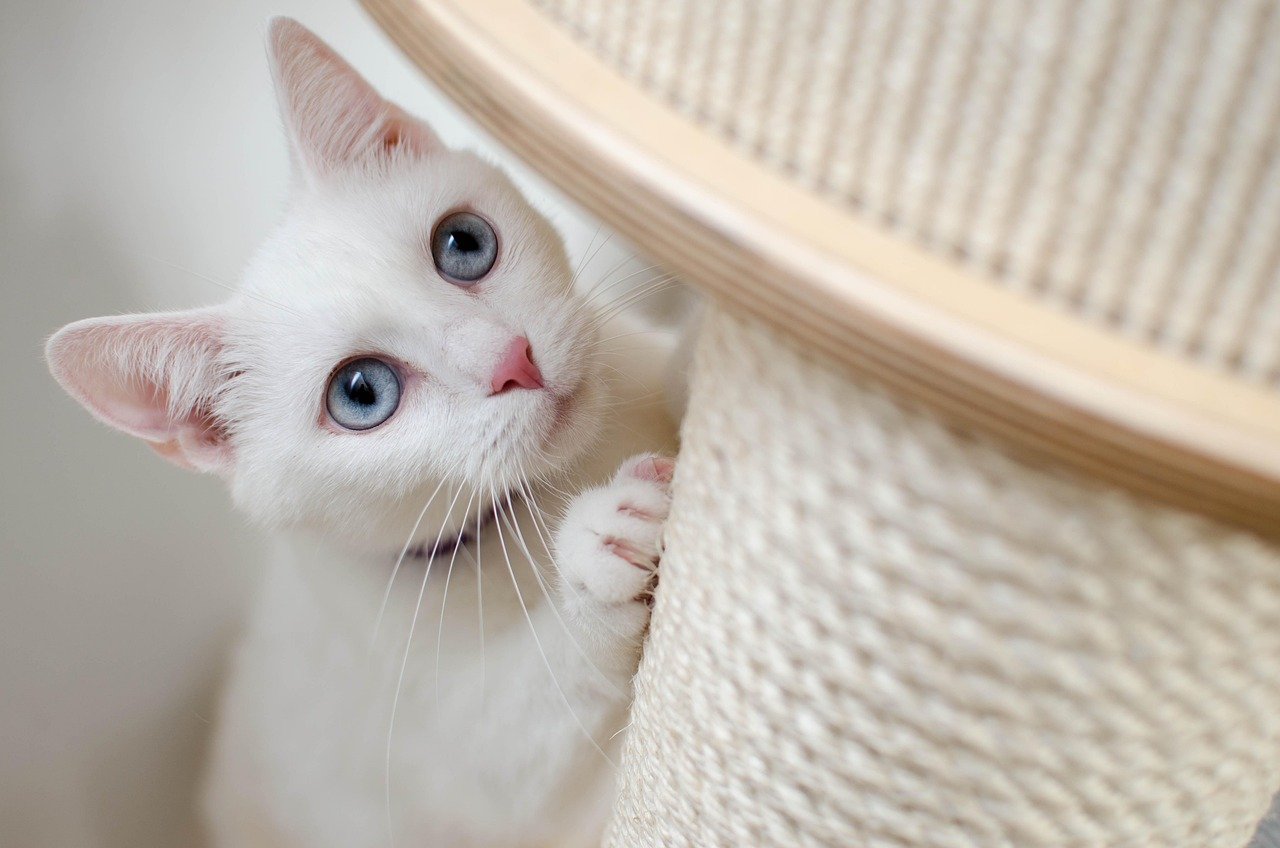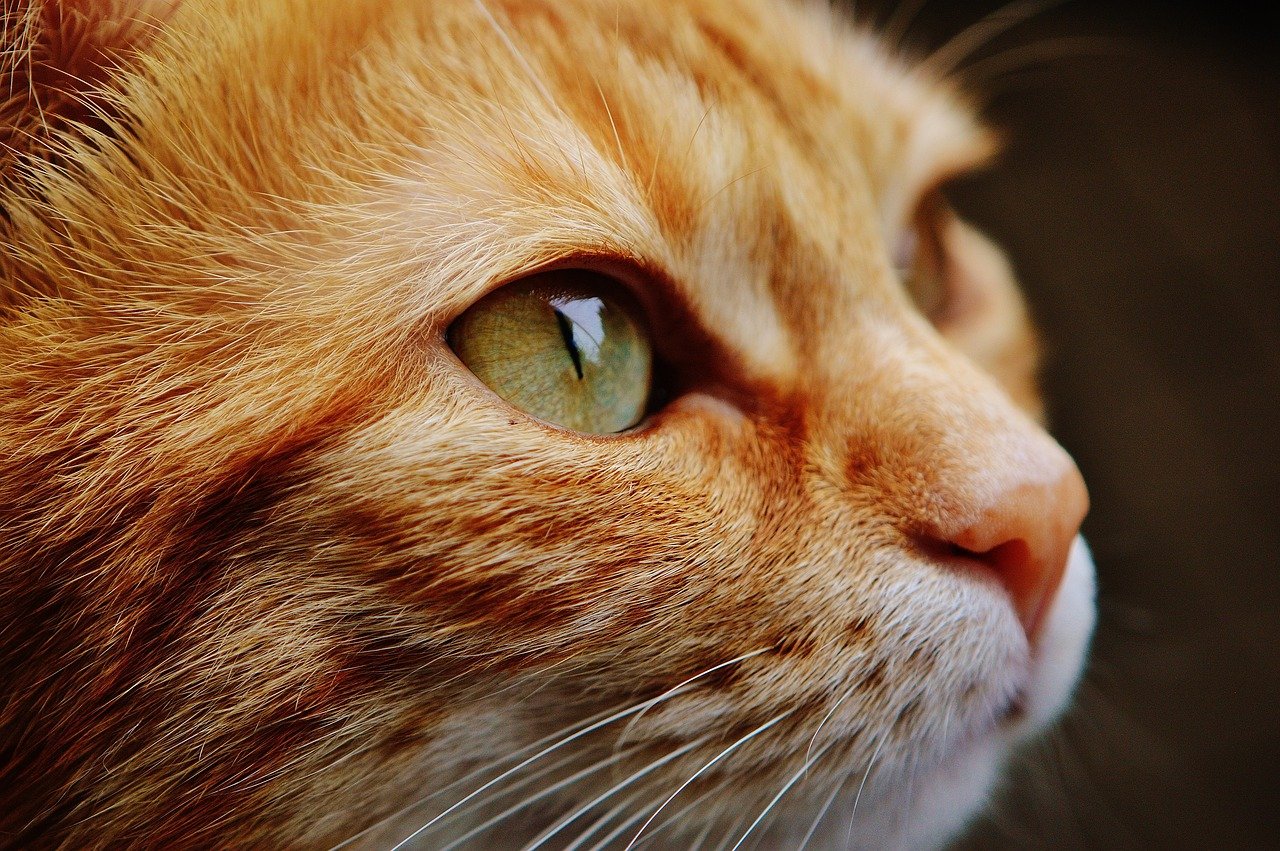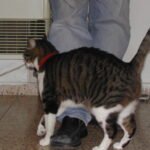Understanding the concept of feeding cats on a rotational diet can be both fascinating and rewarding. This approach involves offering your feline friend a variety of foods rather than sticking to one brand or flavor. Just like humans enjoy a diverse menu, cats can benefit from different nutrients and tastes. This method can help prevent food boredom and ensure a well-rounded diet for your pet. While it might seem like a fancy trend, a rotational diet has roots in providing balanced nutrition. Let’s delve deeper into how you can implement this for your furry companion.
What is a Rotational Diet?
A rotational diet means varying the types of food you give to your cat. Instead of feeding the same brand or flavor every day, you alternate between different types of food. These can include wet, dry, and even raw options. The concept is similar to how humans eat; we don’t eat the same dish every meal, and neither should our pets. This approach not only keeps your cat interested but also provides different nutrients that a single type of food might lack. By rotating food, you’re essentially covering all nutritional bases, ensuring a balanced intake of vitamins, minerals, and proteins.
Benefits of a Rotational Diet for Cats
One of the main advantages of a rotational diet is the variety of nutrients it offers. Each brand or type of food has its unique nutritional profile, and by alternating, you’re providing a broader spectrum of nutrients. This variety can help prevent deficiencies that might arise from feeding the same type of food continuously. Additionally, a rotational diet can prevent food allergies from developing. Cats are less likely to become allergic to a particular ingredient when exposed to a range of foods. Also, a varied diet can stimulate your cat’s appetite, making mealtime more exciting and enjoyable.
How to Start a Rotational Diet

Transitioning your cat to a rotational diet requires a gradual approach. Start by introducing one new type of food at a time. Observe how your cat reacts to the new food, checking for any signs of allergies or digestive issues. Mix the new food with the old one, gradually increasing the amount of the new type over a week. This slow transition helps your cat’s digestive system adjust without causing any discomfort. It’s also essential to monitor your cat’s weight and overall health during this period to ensure the new diet suits them.
Choosing the Right Foods
Selecting the right foods for a rotational diet is crucial. Aim for high-quality brands that use real meat as the primary ingredient. Avoid foods with artificial fillers, preservatives, or excessive grains. It’s beneficial to include a mix of wet and dry foods, as well as exploring raw options if your cat tolerates them. Consulting with a veterinarian can provide insights into which brands or types might best suit your cat’s specific health needs. Remember, each cat is unique, and what works for one might not work for another.
Monitoring Your Cat’s Health
As you introduce new foods, keep a close watch on your cat’s health and behavior. Look for signs of digestive distress, such as vomiting or diarrhea. Monitor their fur’s condition, energy levels, and any changes in weight. Regular vet check-ups are essential to ensure your cat remains healthy on a rotational diet. If you notice any adverse reactions, consult your vet immediately. Keeping a food diary can be helpful in tracking what foods work best and which ones to avoid in the future.
Common Misconceptions about Rotational Diets

Some pet owners might believe that a rotational diet is complicated or unnecessary. However, it’s about providing balanced nutrition through variety. Another misconception is that constantly changing food might upset a cat’s stomach. While abrupt changes can cause issues, a gradual introduction of new foods typically does not. Some also think that cats are picky and won’t accept new foods, but with patience and persistence, most cats can adapt to a rotational diet. It’s about finding the right balance and ensuring mealtime remains a positive experience.
Tips for a Successful Transition
Patience is key when transitioning to a rotational diet. Start with small changes and gradually build up to a variety. Offer new foods alongside familiar favorites to encourage acceptance. Make mealtime a relaxed and stress-free environment. Encourage exploration by offering different textures and flavors. If your cat is particularly resistant, try warming wet food to enhance its aroma. Consistency in offering new foods will eventually lead to acceptance and enjoyment. Always ensure fresh water is available, especially when introducing dry foods.
Conclusion: Is a Rotational Diet Right for Your Cat?
A rotational diet can be an excellent choice for many cats, offering variety and balanced nutrition. It encourages a healthy digestive system and reduces the risk of food allergies. However, it’s essential to consider your cat’s individual needs and preferences. Consulting with a veterinarian can provide valuable guidance tailored to your pet. Remember, every cat is unique, and while a rotational diet benefits many, it’s crucial to ensure it’s the right fit for your furry friend.

Linnea is a born and bred Swede but spends as much time as possible in Cape Town, South Africa. This is mainly due to Cape Town’s extraordinary scenery, wildlife, and atmosphere (in other words, because Cape Town is heaven on earth.) That being said, Sweden’s majestic forests forever hold a special place in her heart. Linnea spends as much time as she can close to the ocean collecting sea shells or in the park admiring puppies.






